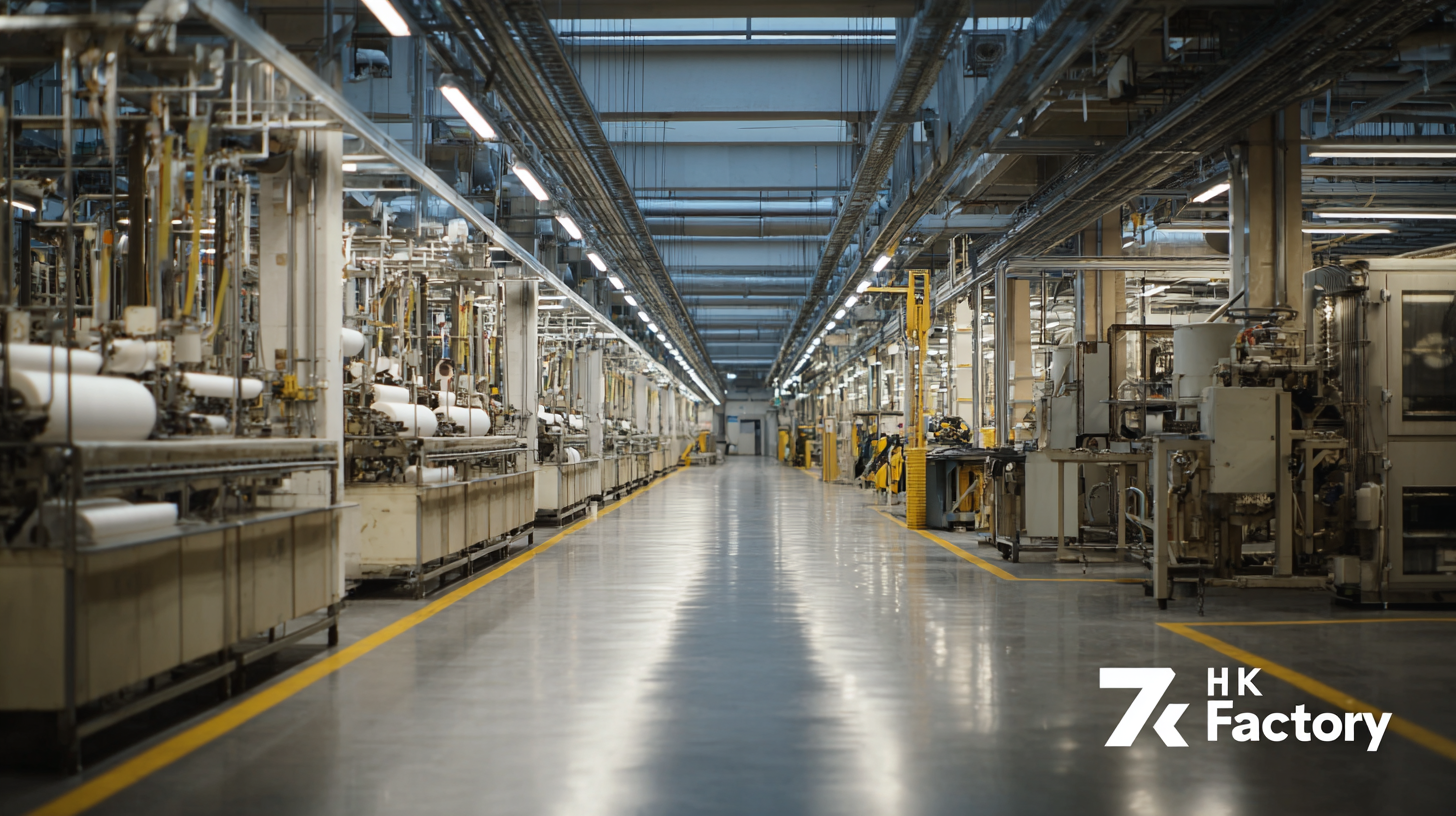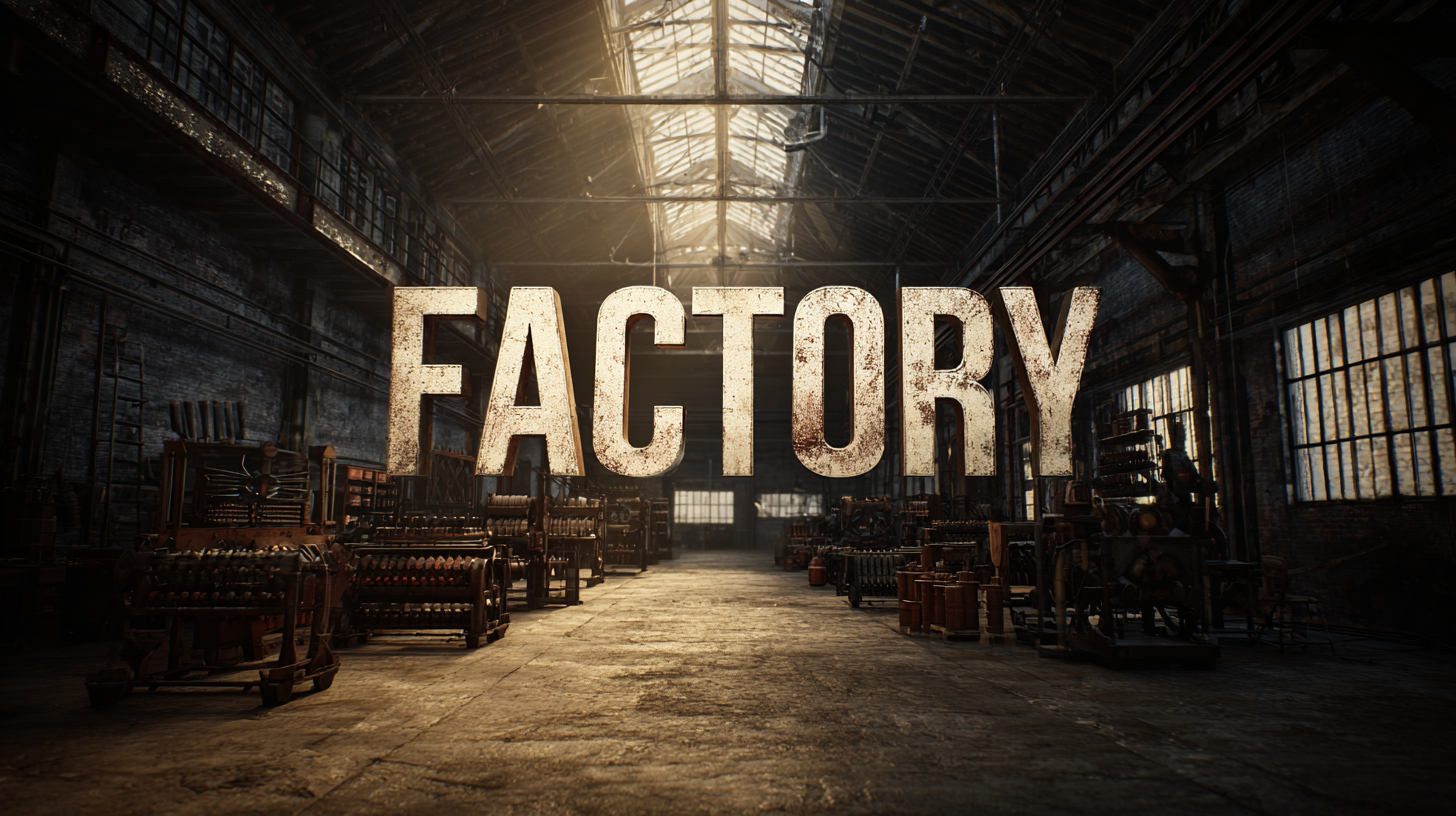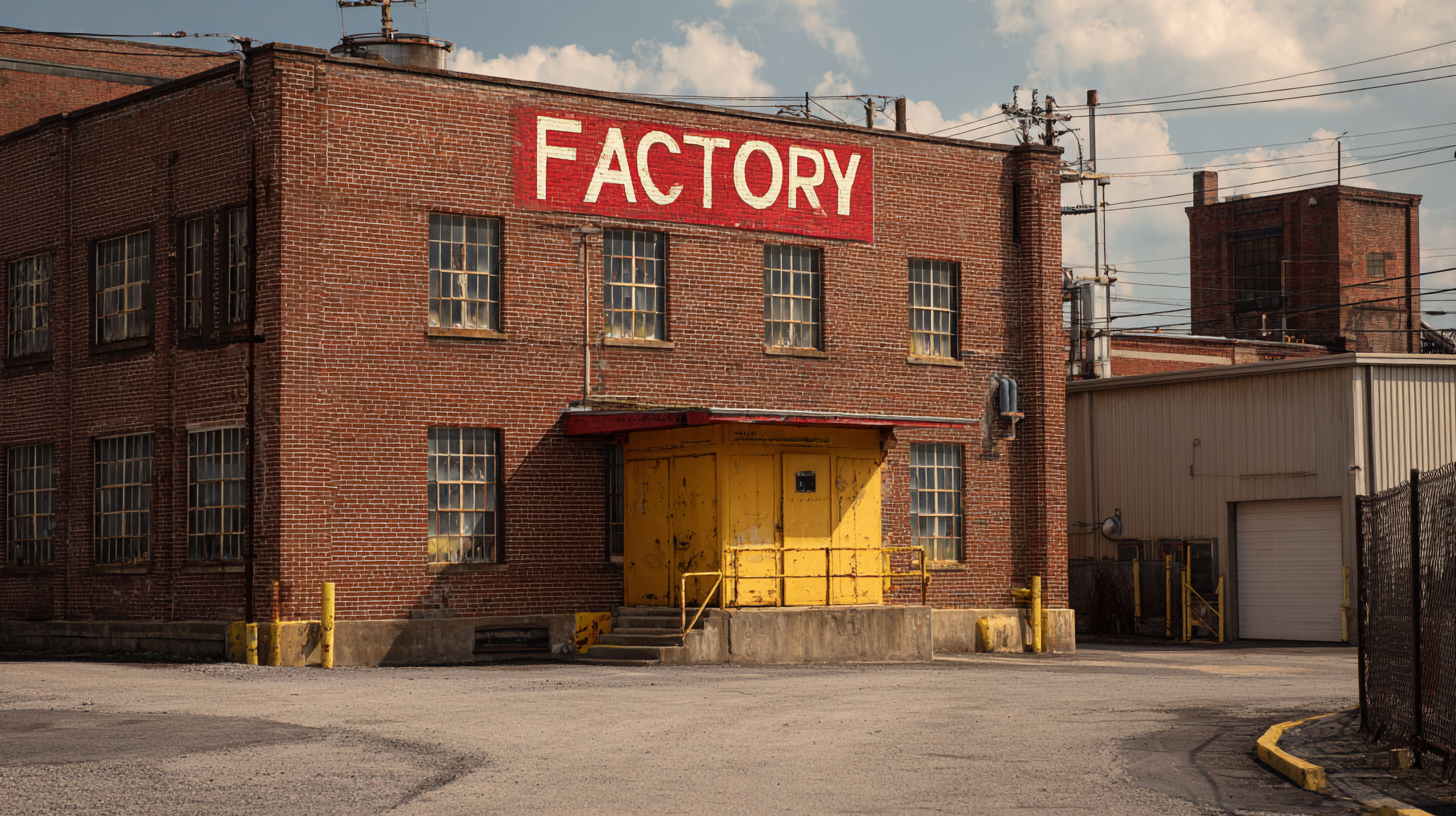
7 Unique Factors That Make the Best Factory Stand Out
In today's competitive landscape, the role of a factory transcends mere production; it has evolved into a cornerstone of strategic advantage for businesses worldwide. According to the Global Manufacturing Competitiveness Index, over 70% of manufacturers recognize that operational excellence is pivotal for maintaining market leadership. This underscores the importance of identifying unique factors that enable a factory to stand out in a saturated market. From advanced technology integration to sustainable practices, these distinctive elements not only enhance productivity but also contribute significantly to a factory's reputation and profitability. As companies seek to optimize operations and meet rising consumer expectations, understanding what distinguishes the best factories becomes imperative for long-term success.

The Role of Automation in Enhancing Factory Efficiency for 2025
As we approach 2025, automation is set to revolutionize factory operations, enhancing efficiency and productivity in unprecedented ways. According to a report by McKinsey, automation could increase global productivity by up to 1.4% annually, significantly impacting manufacturing sectors. Implementing advanced robotics and artificial intelligence systems allows factories to streamline processes, reduce human error, and minimize downtime.
These technologies can perform repetitive tasks with precision and speed, enabling human workers to focus on more complex and strategic activities.
Furthermore, the World Economic Forum predicts that 85 million jobs could be displaced by the shift to automation, but this evolution also presents the creation of 97 million new roles in a technology-driven economy. Factories that actively invest in automation not only enhance operational efficiencies but also prepare their workforce for new opportunities.
Leveraging data analytics alongside automation enables factories to optimize supply chains and manage resources effectively, resulting in cost reductions and improved production rates, making them stand out in an increasingly competitive market.
Sustainable Practices: How Eco-Friendly Methods Distinguish Top Factories
Sustainable practices have become a hallmark of the best factories, setting them apart in an increasingly competitive marketplace. By integrating eco-friendly methods into their operations, these factories not only minimize their environmental footprint but also enhance their brand image. Implementing strategies such as waste reduction, recycling, and energy efficiency showcases a commitment to sustainability that resonates well with consumers. This approach not only attracts eco-conscious customers but also positions the factory as a responsible player in the industry, potentially leading to increased loyalty and market share.
Moreover, top factories are leveraging innovative technologies to boost their sustainability efforts. For example, the use of renewable energy sources such as solar and wind power significantly reduces reliance on fossil fuels and lowers greenhouse gas emissions. Additionally, sustainable sourcing of raw materials ensures that the entire supply chain is aligned with environmental goals. By emphasizing transparency and recyclability in their production processes, these factories are setting new standards in eco-friendliness, encouraging other businesses to follow suit and contributing to a more sustainable future for the manufacturing sector as a whole.
The Impact of AI and Machine Learning on Modern Manufacturing Processes
In today's rapidly evolving manufacturing landscape, the integration of AI and machine learning (ML) is not merely a trend; it's a transformative force that defines the best factories. These technologies have revolutionized traditional production processes, allowing businesses to optimize operations with unprecedented efficiency. By implementing predictive analytics, manufacturers can foresee equipment failures before they occur, drastically reducing downtime and maintenance costs. This proactive approach not only enhances productivity but also ensures a smoother workflow throughout the production line.
Moreover, AI and ML foster a specific emphasis on customization and flexibility in manufacturing. With the ability to analyze vast amounts of consumer data, factories can adapt to market demands in real-time, fine-tuning production schedules and output to match consumer preferences. This agility allows companies to produce high-quality, tailor-made products with minimal lead times, ensuring they remain competitive. As factories embrace these advanced technologies, they not only streamline operations but also create a smarter, more responsive manufacturing ecosystem that effectively meets the challenges of modern industry.

Data-Driven Decision Making: Leveraging Analytics for Competitive Advantage
 In today's competitive landscape, data-driven decision making has emerged as a cornerstone for manufacturing excellence. Factories that harness the power of analytics not only streamline operations but also gain a substantial edge over competitors. By utilizing real-time data, managers can identify inefficiencies within their processes, allocate resources more effectively, and ultimately enhance productivity. This proactive approach allows factories to pivot quickly in response to changing market demands, driving them toward sustained growth and innovation.
In today's competitive landscape, data-driven decision making has emerged as a cornerstone for manufacturing excellence. Factories that harness the power of analytics not only streamline operations but also gain a substantial edge over competitors. By utilizing real-time data, managers can identify inefficiencies within their processes, allocate resources more effectively, and ultimately enhance productivity. This proactive approach allows factories to pivot quickly in response to changing market demands, driving them toward sustained growth and innovation.
Moreover, the integration of advanced analytics tools enables factories to forecast trends and consumer behaviors with remarkable accuracy. This foresight empowers decision-makers to develop strategic plans that align with market needs, ensuring that production is not just reactive but anticipatory. Furthermore, fostering a culture of data literacy among employees at all levels equips teams to contribute insights from their unique perspectives, facilitating collaborative problem-solving and fostering an environment ripe for continuous improvement. By embedding analytics into their core operations, the best factories position themselves not only as leaders in efficiency but also as pioneers in industry innovation.
Workforce Development: Training Strategies for a Future-Ready Industrial Team
In the rapidly evolving industrial landscape, workforce development is crucial for maintaining a competitive edge. A recent report by the World Economic Forum highlighted that 94% of business leaders expect their employees to pick up new skills on the job. This calls for innovative training strategies that not only address current needs but also prepare teams for future challenges. Implementing continuous learning programs and leveraging technology like virtual reality can significantly enhance employee engagement and skill retention.
Tip: Create a mentorship program where experienced workers can share their knowledge with newer employees. This not only fosters a collaborative work environment but also helps in the seamless transfer of essential skills.
Additionally, incorporating data analytics into training programs can offer insights into employee performance and learning preferences. According to a study by McKinsey, organizations that use a data-driven approach in their training programs see a 5-10% increase in employee productivity. Tailoring training to meet the specific needs of your workforce ensures that your team is future-ready and more resilient in the face of industry changes.
Tip: Utilize feedback loops from training sessions to continuously refine your approach, ensuring that skills taught are relevant and applicable in real-world scenarios.
